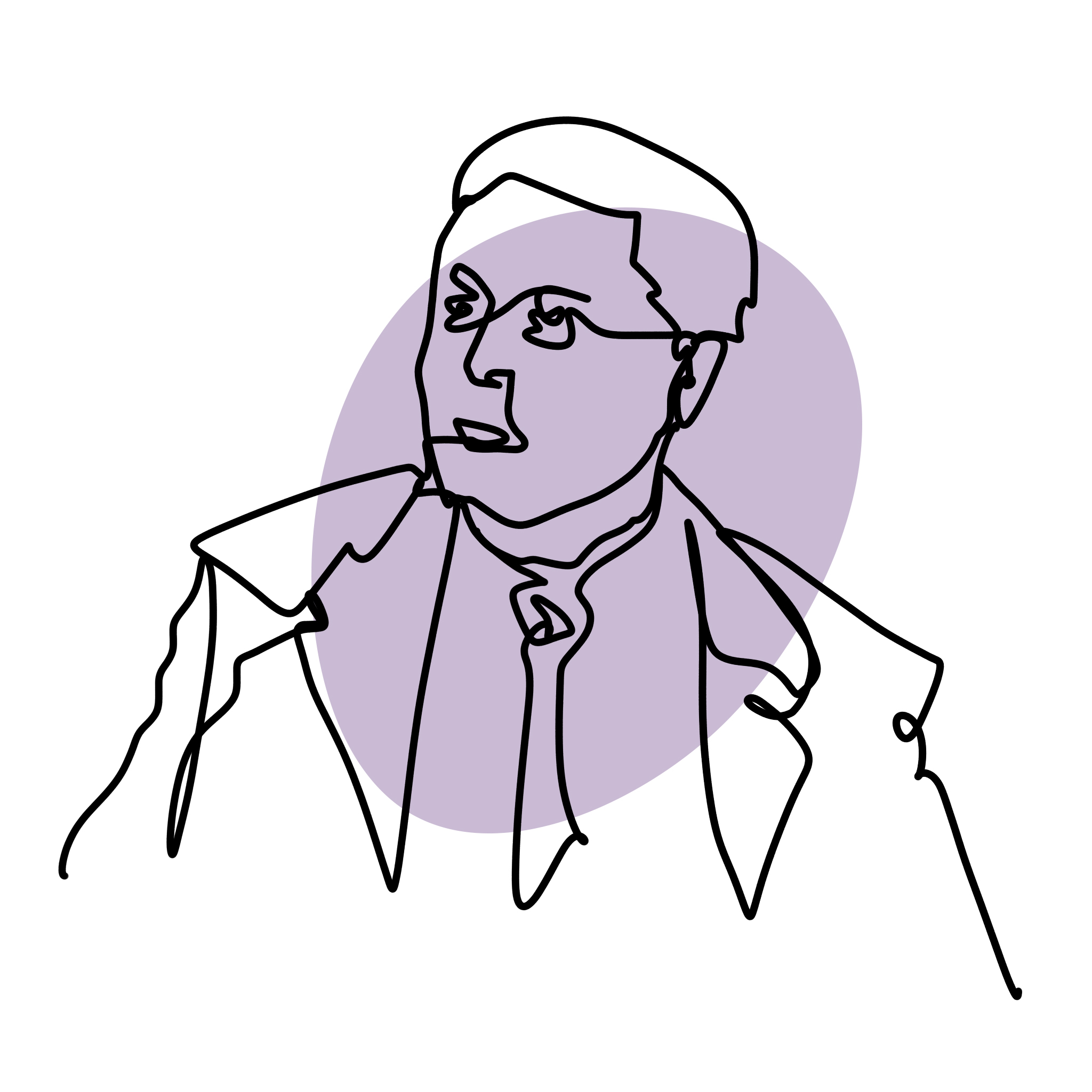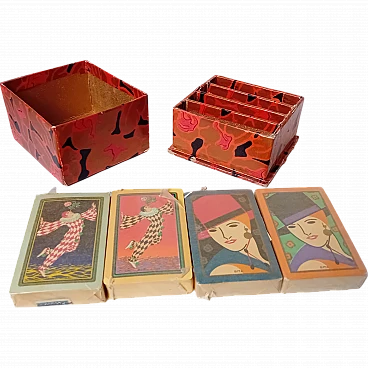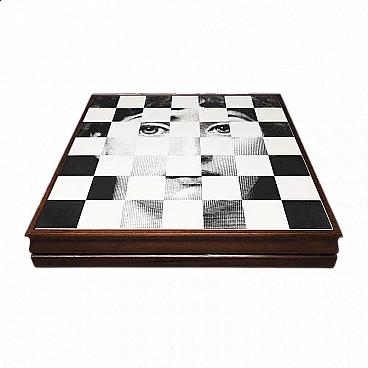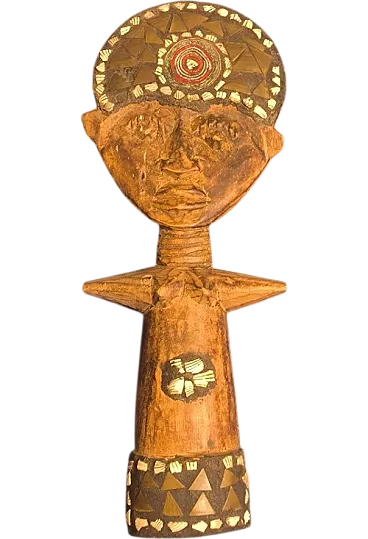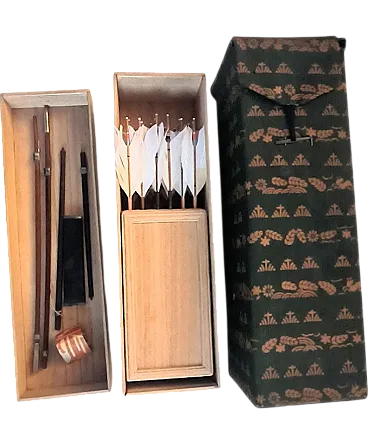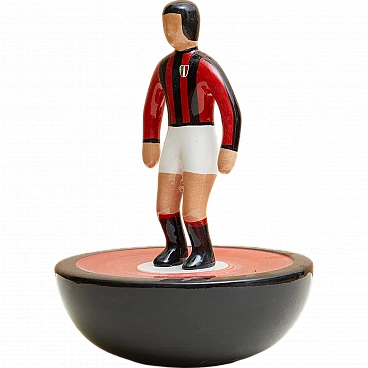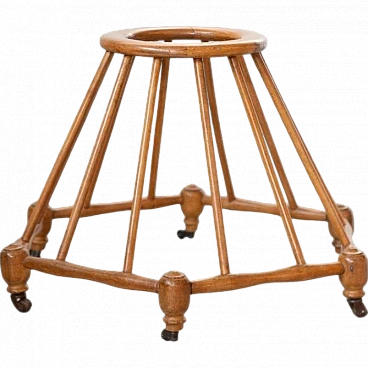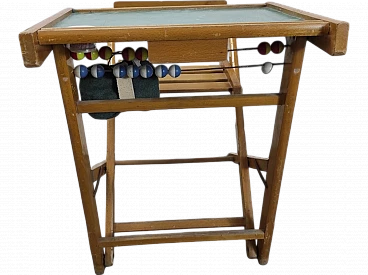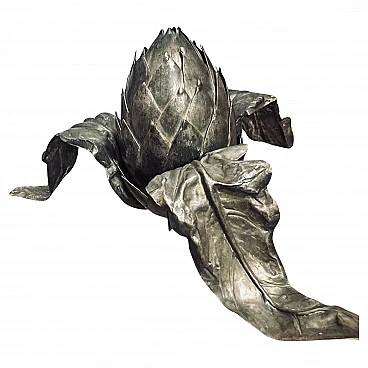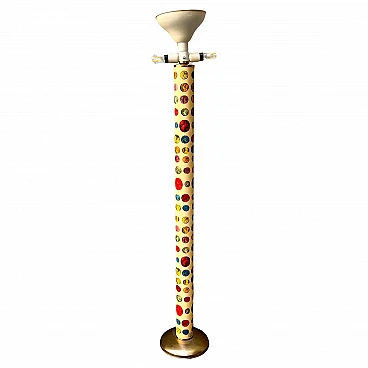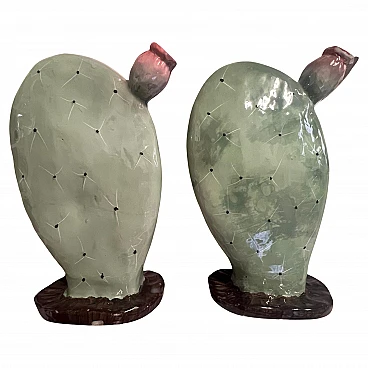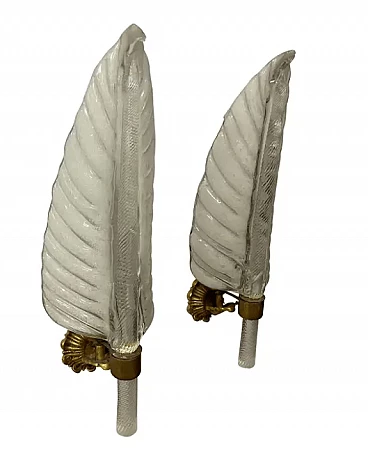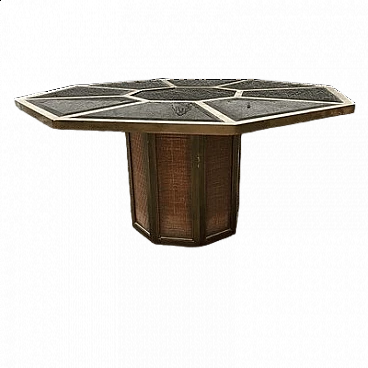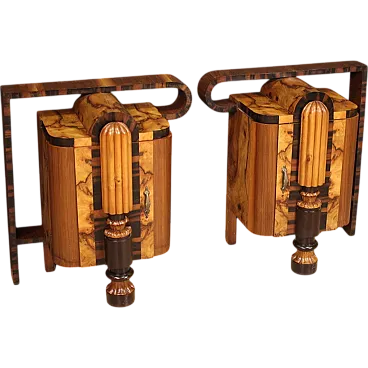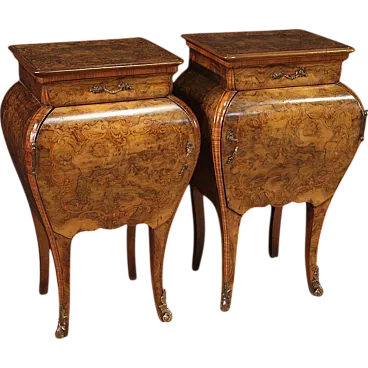Carved stone pine wood and goat hair Krampus mask by Luca Pojer, 2019. This is not just a mask but an authentic work of art. It is important to note that masks of this level are extremely rare: the artists who create them sell them only to those who play one of these demons, and, of course, those who own them jealously guard them. This mask is entirely handmade: the wood is hand-carved, the skin and hairs are carefully applied, the horns are made of resin, and the entire work is decorated and hand-painted by artist Luca Pojer, considered perhaps the most exclusive in this field. The mask comes with a handmade stand, an envelope with the artist's logo and a certificate of authenticity. But who is the Krampus? In the mythology of German-speaking and, to some extent, Slavic and Latin regions, the Krampus is a demonic being that accompanies the religious and folkloric figure of St. Nicholas. This tradition, linked to Christian mythology, describes the Krampus as a demon defeated by St. Nicholas and thus forced to serve him. The term "Krampus" comes from Middle High German and means "something dry and lifeless." The earliest written accounts of Krampus date from the 15th and 16th centuries. The story goes that in times of famine, young men from mountain villages would disguise themselves in furs made of feathers, hides and animal horns to terrorize nearby villagers and steal supplies for the winter. One day, they discovered that a real demon had infiltrated among them, recognizable only by its goat's paws. Bishop Nicholas was called in to exorcise the demon, and after defeating him, the young men began to parade disguised as demons on the eve of St. Nicholas, no longer to plunder but to "punish" the naughty children, accompanied by the bishop who had defeated the demon. Krampus parades today are exhibitionist events that entertain young and old alike. These demons, with monstrous and animalistic features, roam the streets in search of "bad" children. They wear devilish masks, ragged and dirty clothes, and make noise with cowbells and horns while striking people with whips. This custom, proudly maintained in many places in the former Austro-Hungarian Empire, dates back to pre-Christian times and at least to the 6th-7th centuries AD, and is linked to the winter solstice. These events, which take place on December 5, the eve of St. Nicholas, are over 500 years old and are still celebrated in Slovenia, Germany, Croatia, Austria and Italy (Trentino-Alto Adige and Friuli-Venezia Giulia). Curiously, according to tradition, only men wear masks, and sometimes they also wear women's clothes. A basic rule is that the mask should never be taken off in public and no one should attempt to remove it, on pain of dishonor for those unmasked.

















 SILVER Seller in Milano, Italy
SILVER Seller in Milano, Italy






.png)



